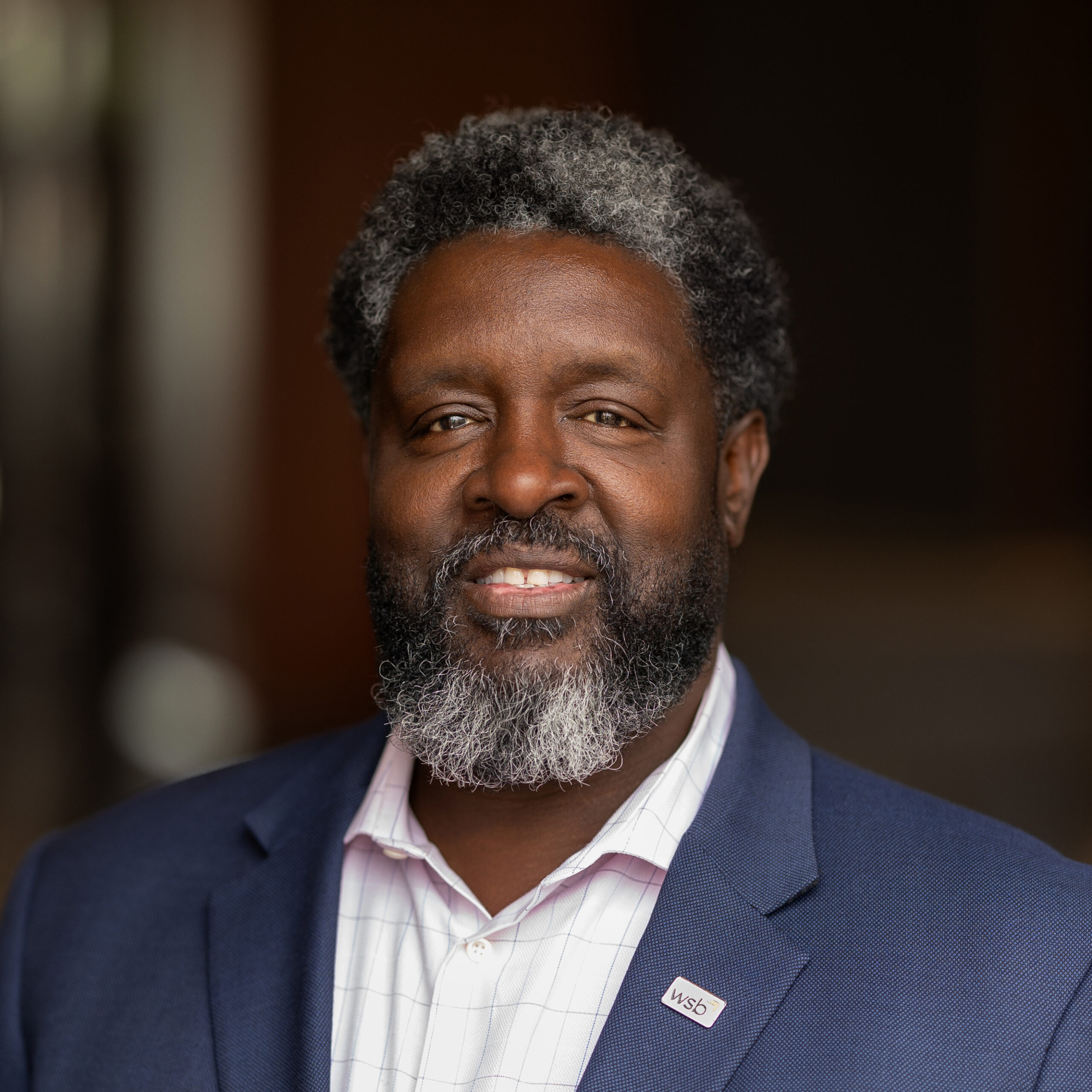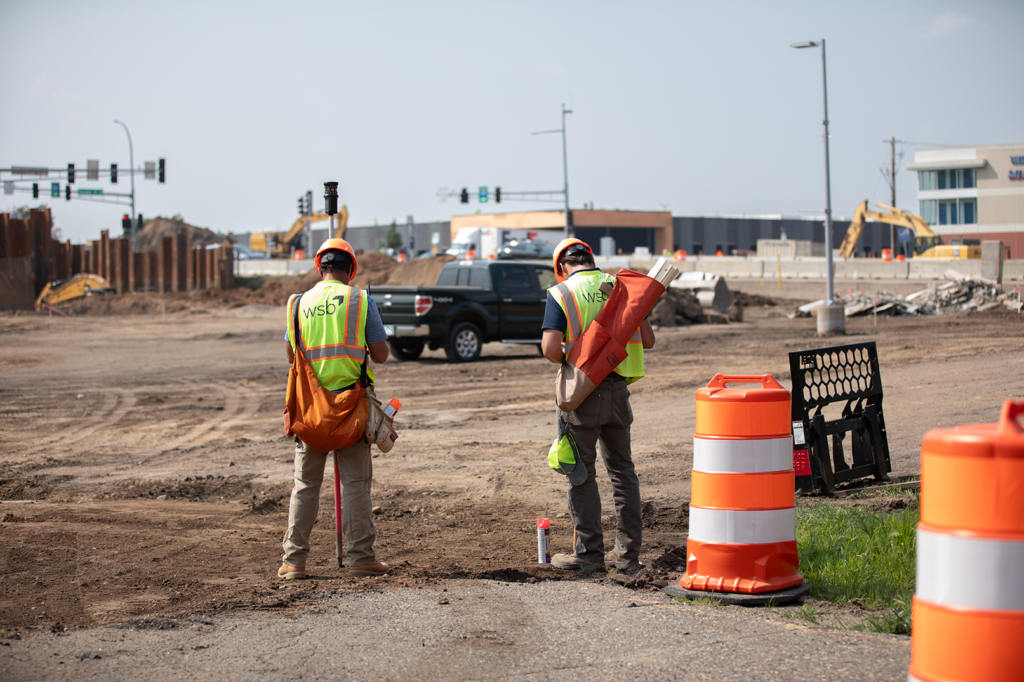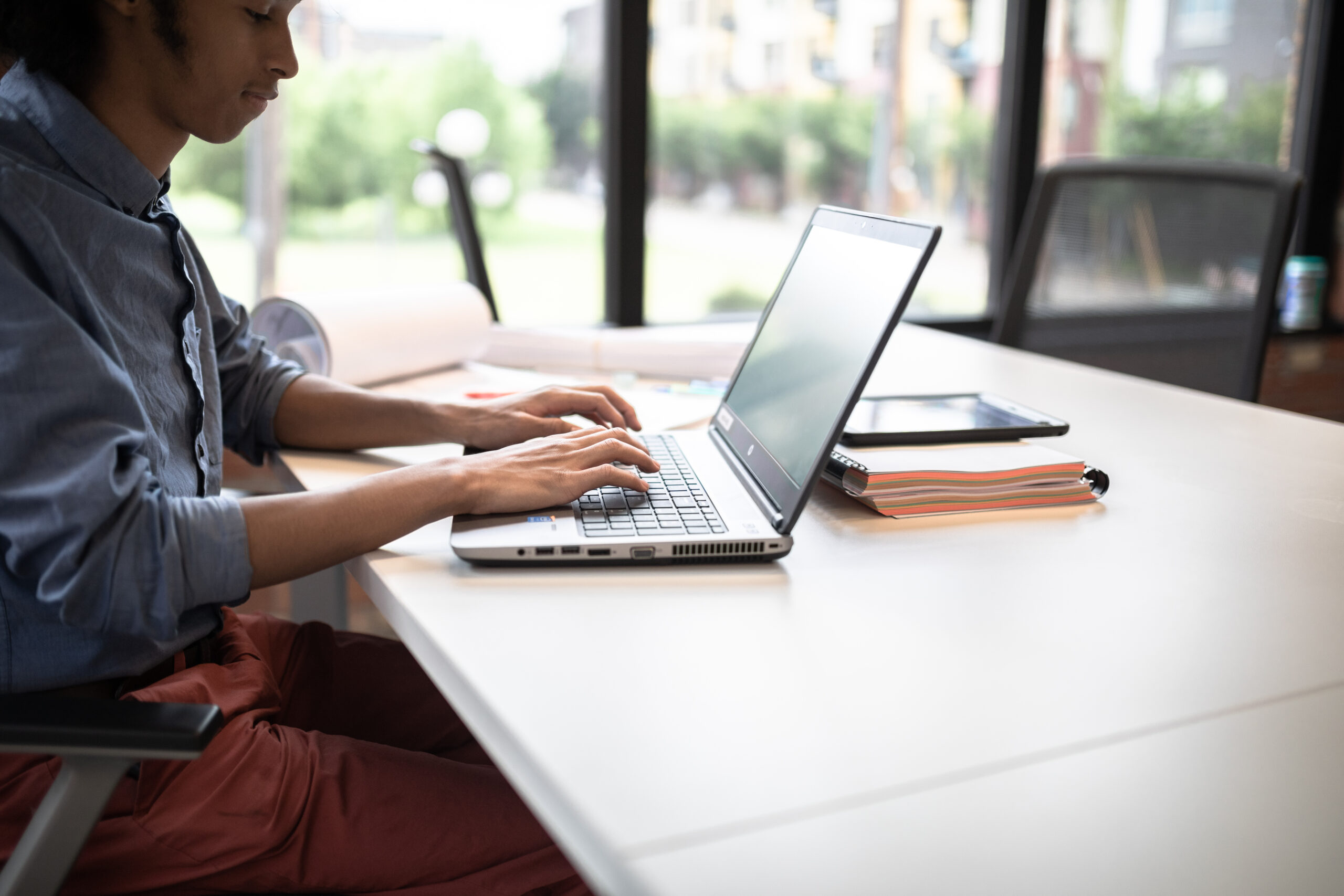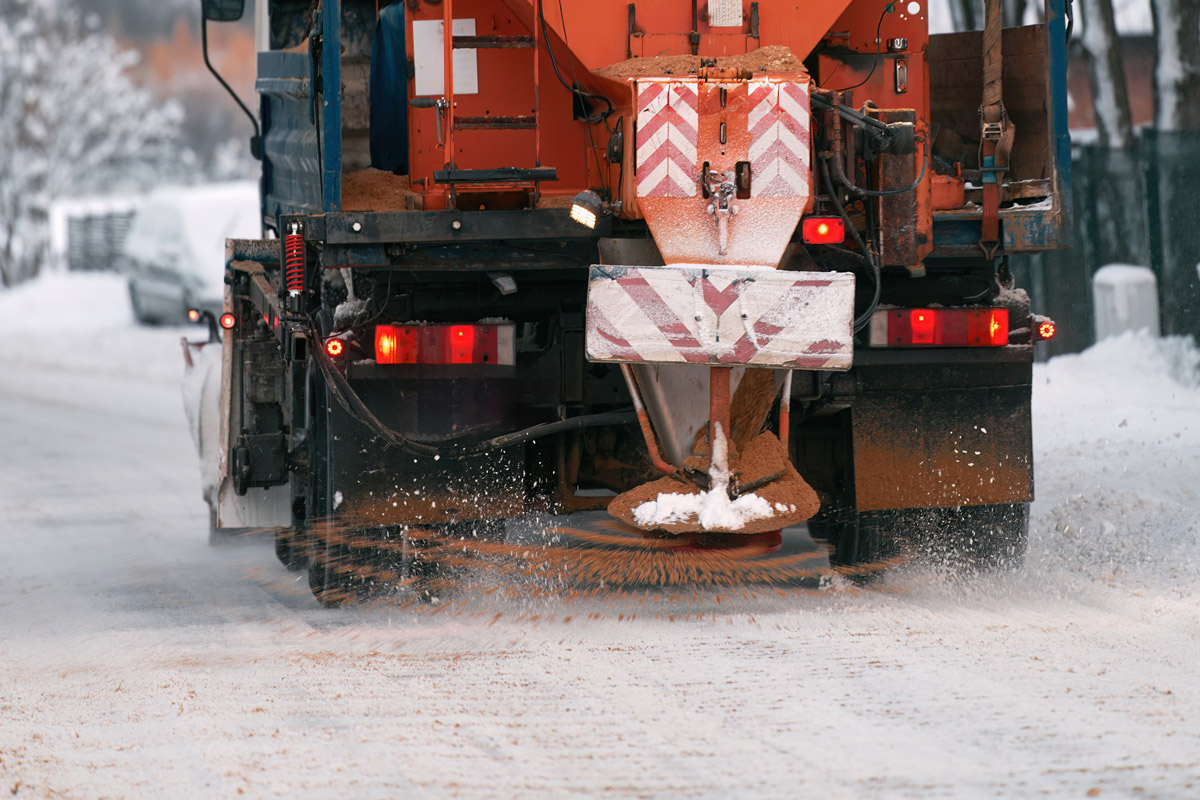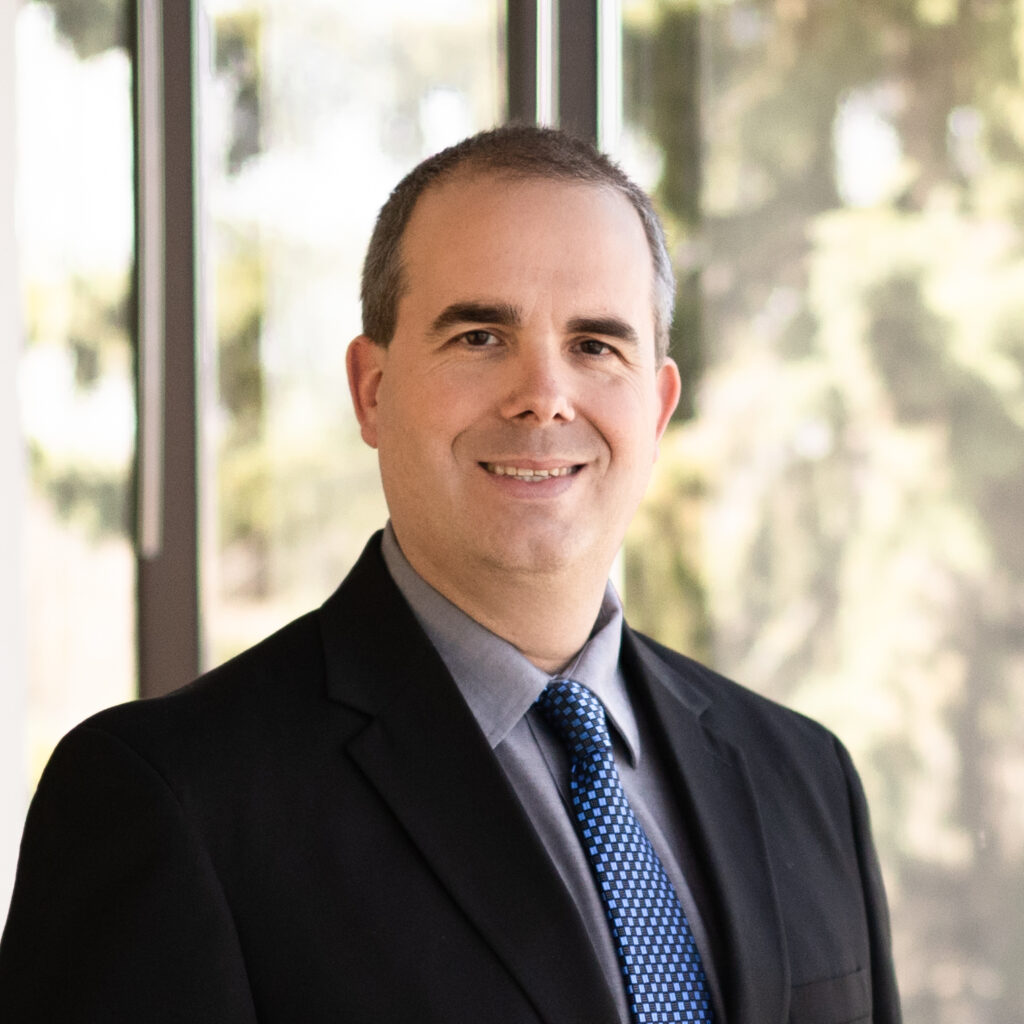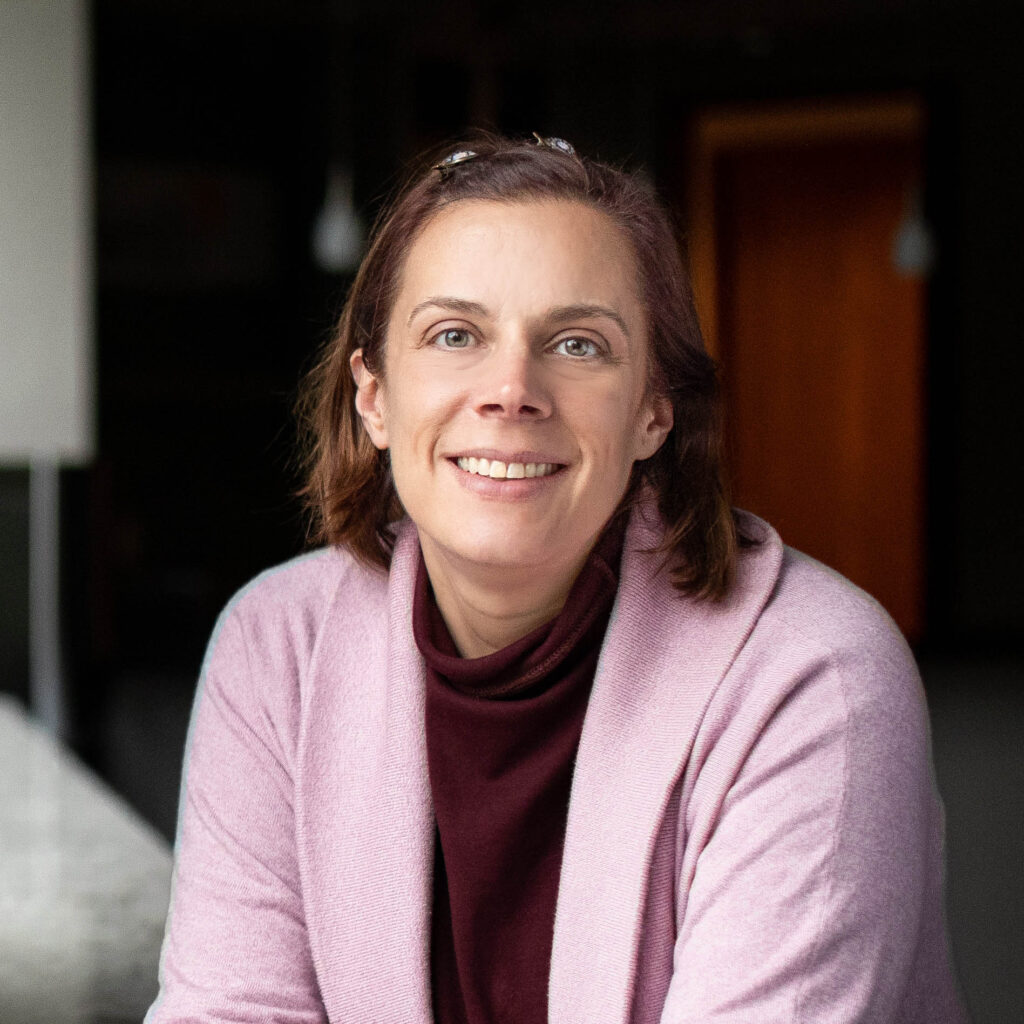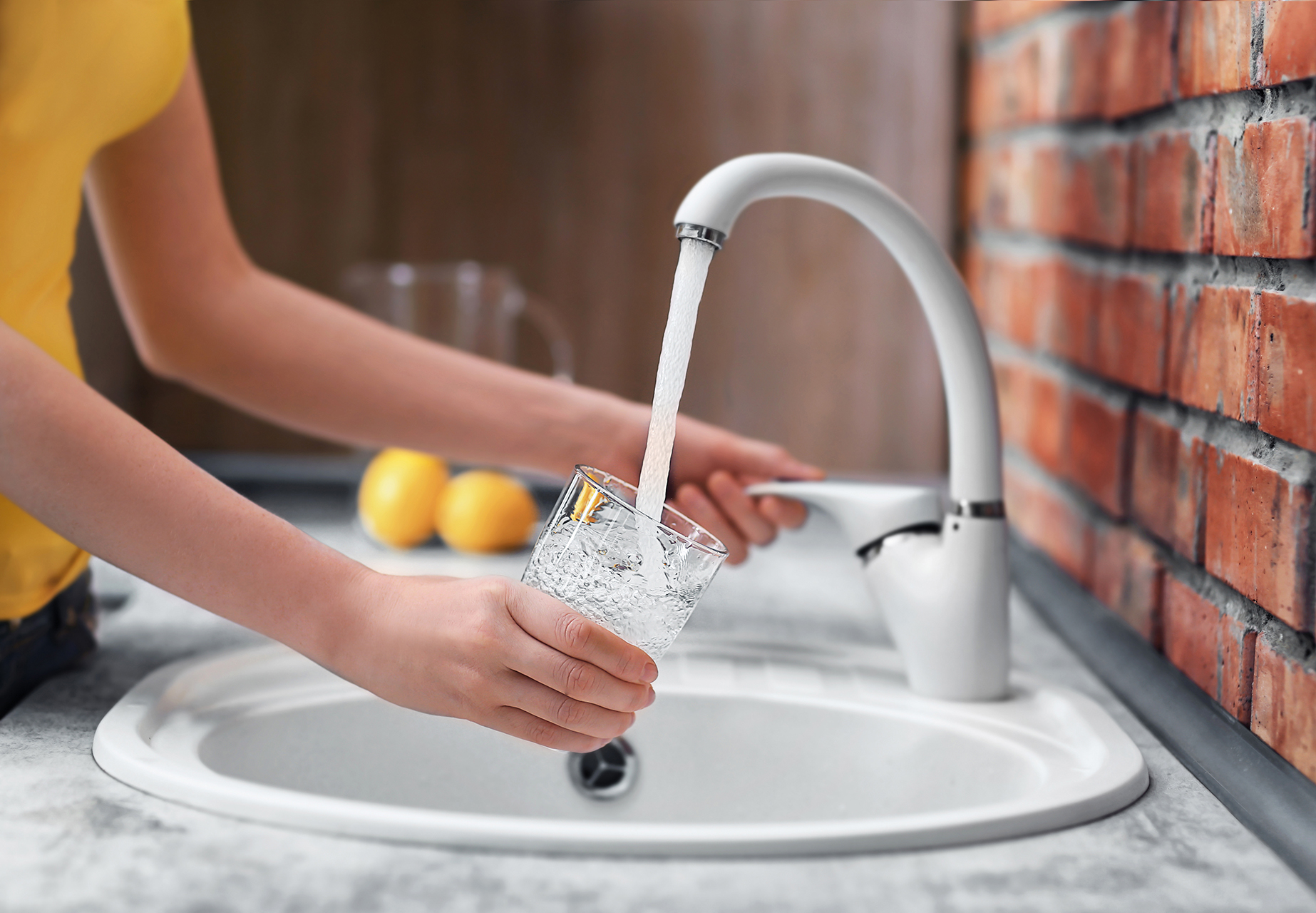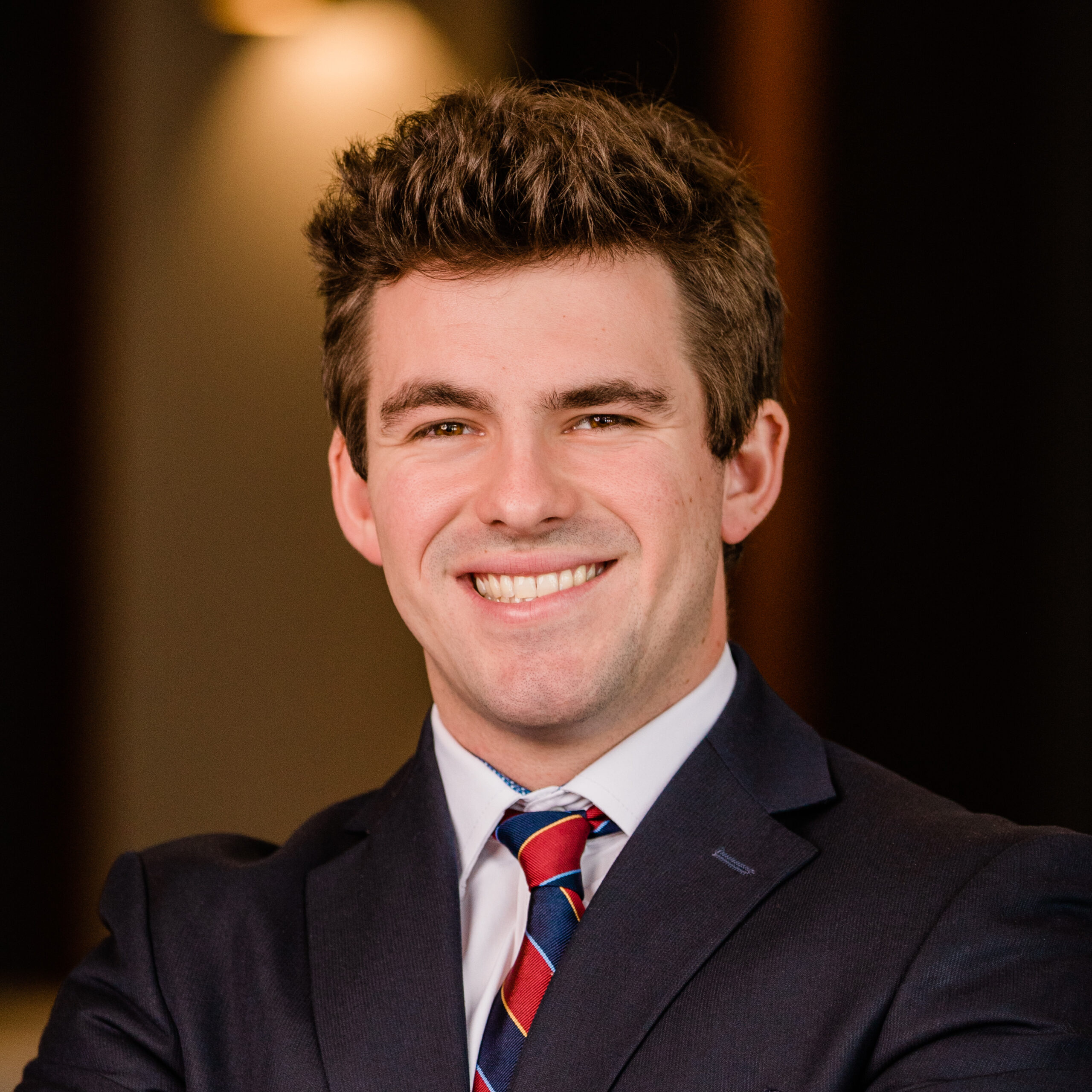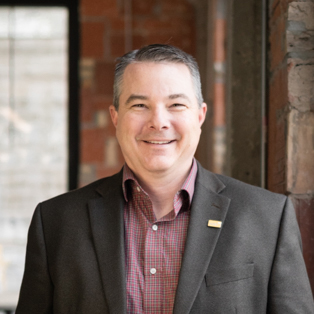February 17, 2025
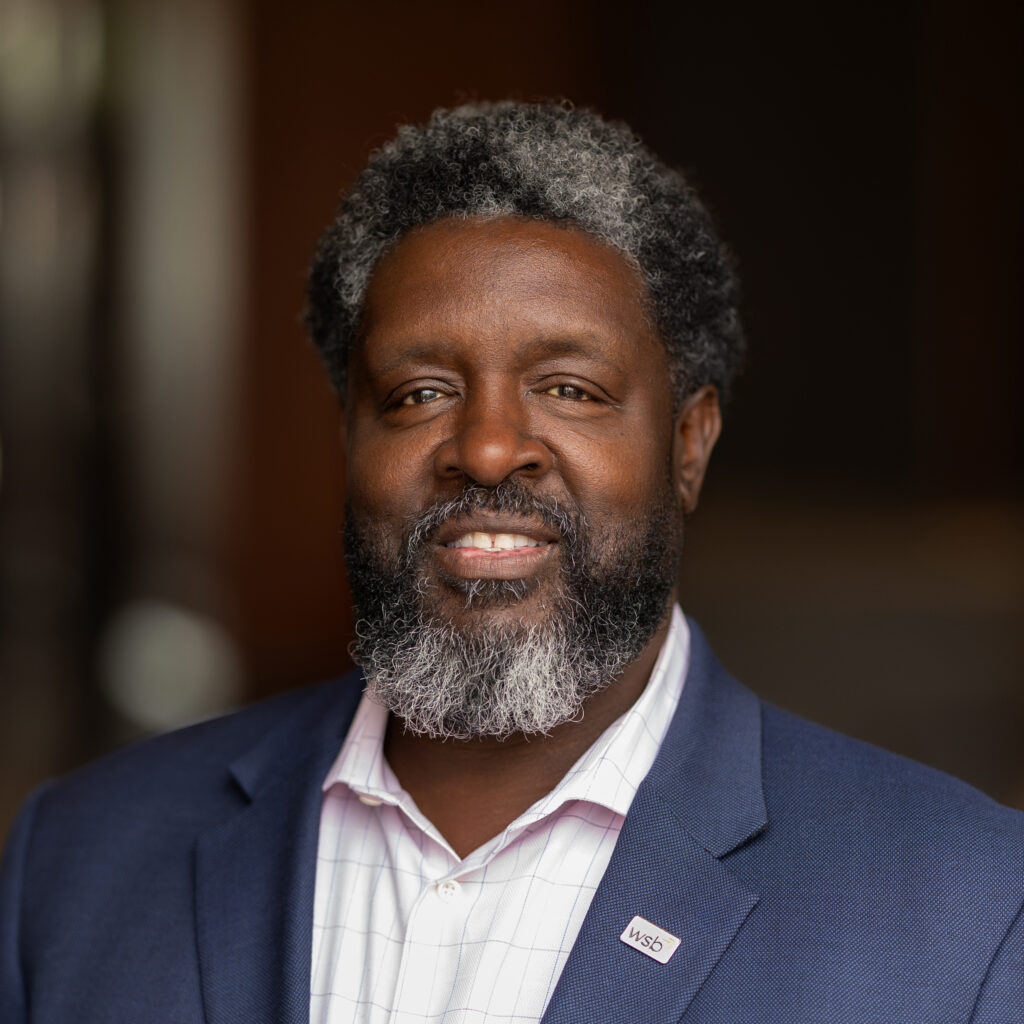
Rod is the vice president of strategy and construction with over 26 years of experience as a professional engineer. Rod joined WSB through the acquisition of AE in February 2024. His background includes managing complex projects across federal, state and municipal levels. Rod’s extensive portfolio and close collaborations with the Florida Department of Transportation and Florida’s Turnpike Enterprise, has aided WSB’s expansion and presence across the Southeast region. Rod will continue building awareness and forging relationships as WSB continues to establish their presence.
What makes WSB different than other Architecture, Engineering, Construction (AEC) companies?
What makes WSB different is the individuals and talent within our teams nationwide. Our leadership team is deeply committed to enhancing both the professional and personal journeys of our staff every day. We believe their career growth is fundamental to our delivery of quality service and the retainment of staff.
As a solution-driven engineering firm within the AEC industry, we make impactful differences for our clients. This is made possible by our talented and qualified staff, who are central to our ability to continually provide innovative and valuable solutions.
What makes WSB suited to manage the growing needs of the Southeast region?
WSB is best suited to manage the growing Southeast region through our internal resources and innovative solutions. We bring new technology and a high level of expertise to the markets we serve. The Southeast region will benefit from WSB’s focus of identifying key talent to assist with the growth of communities.
What does the future of the Southeast region look like and how can WSB continue to support?
It is exciting to be able to cross-sell and introduce more services to the Southeast region. WSB provides over 50+ services that are new to the region and will be able to support the future of infrastructure for our current and new clients.
Expanding our footprint is vital for the Southeast region and important for our own growth. As we enter new areas and enhance our expertise, we view the Southeast as an advancing market overflowing with opportunities. This expansion will further solidify our presence and impact.
What is your vision for WSB’s growth?
My vision for WSB is centered around a steadfast commitment to hiring the best staff to support our clients. I am focused on attracting the industry’s best talent, enabling us to expand our reach and effectively meet the growing demands across new regions. At the center of our vision is the empowerment of our team, who are essential in delivering innovative solutions and maintaining the high-quality service that defines WSB. By aligning our growth with these principles, we are dedicated to enhancing WSB’s impact on communities and industries nationwide.
What is one thing you wish people knew about WSB?
One thing I would like for people to know about WSB is all the great people we have on our teams. Across the nation we have staff who are passionate and authentic about the work they do. Additionally, WSB remains a focused engineering firm.
What are the biggest challenges and opportunities for WSB?
The acquisition of AE by WSB marked a significant change from our small company feel to a larger company structure. A challenge for WSB is preserving the close-knit company atmosphere and the camaraderie we have shown to our local communities.
An opportunity for WSB exists in continuing our national presence and becoming the go-to firm for our clients. With our expanded reach, we can identify and address the infrastructure needs across more regions, leveraging our unique brand and collaborative approach.
You’ve worked in the AEC industry for many years, how has your experience informed how you approach your role at WSB?
How I approach my role is based on an understanding of listening rather than talking. I have learned that it is far better to listen than to talk. You gain more from listening to others than always inputting your thoughts. This was especially true when AE joined WSB. I’ve spent a lot of time identifying key team members who can help our staff in the Southeast when we need support. It’s these people who are helping us connect the dots as we grow our presence as WSB.
As vice president of strategy and construction how do you lead the groups you work with and what advice can you give to leaders now and those who come after you?
I lead groups through strategy which is crucial in our operations. Given the number of opportunities open to WSB it is important to understand we cannot pursue every one of them without risking burnout for our team. To avoid this, I focus on opportunities that align with our short-term and long-term goals. This approach further prevents exhaustion and ensures our efforts are made in impactful areas. I lead effective communication to drive our culture through transparency and learning.
Our commitment to staff is to support their goals by providing the necessary resources. To leaders after me understand that WSB has the ability to embrace creativity and entrepreneurship.
